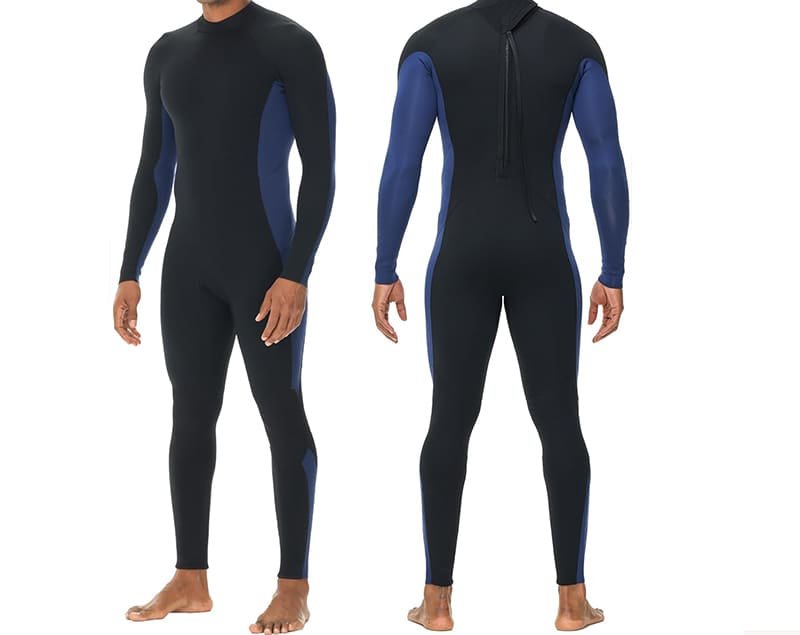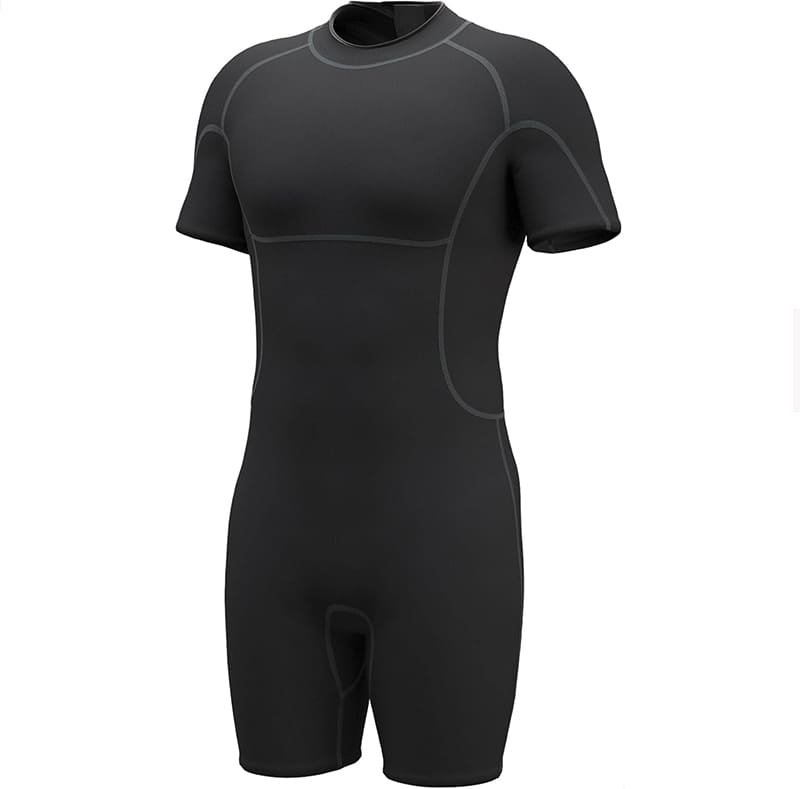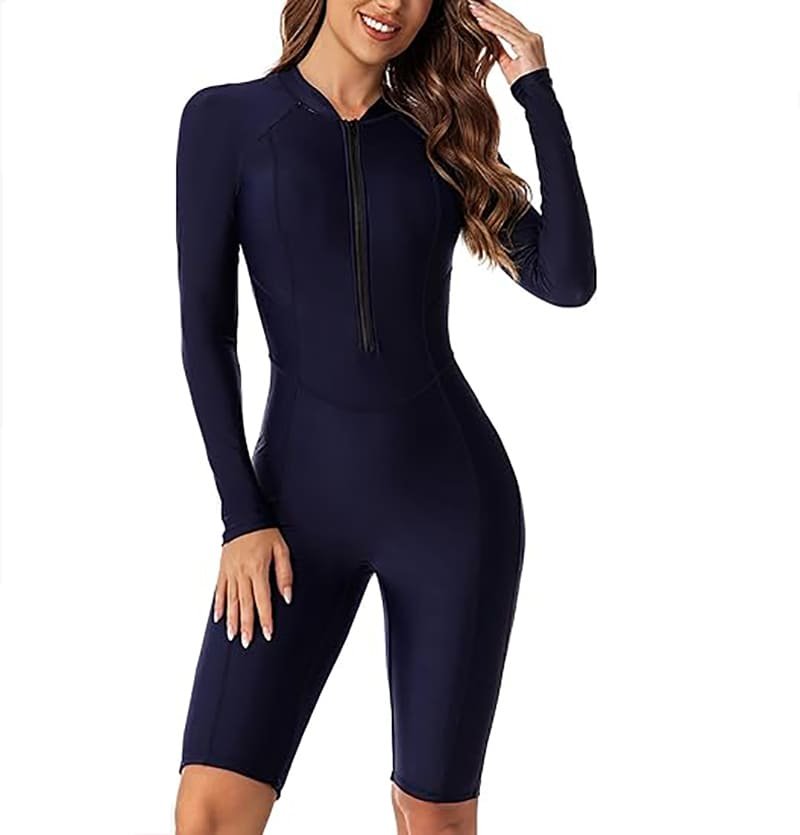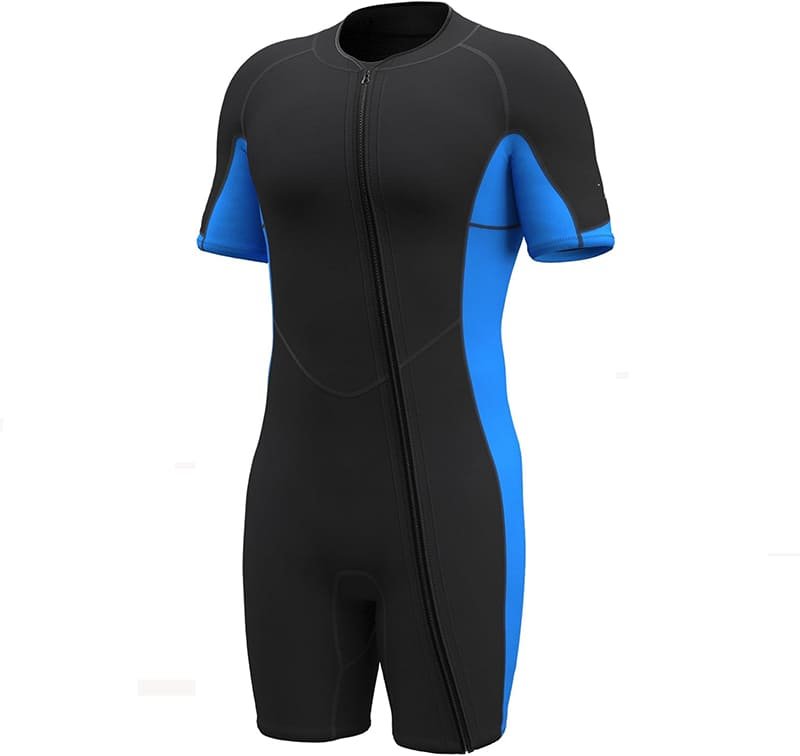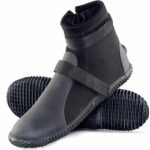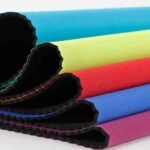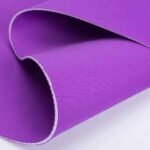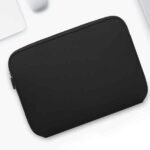Slip into a wetsuit and you’re instantly insulated, buoyant, and protected—transforming chilly, choppy water into a playground. But what really happens inside that neoprene shell?
A wetsuit traps a thin layer of water between your body and the neoprene fabric; your body heat warms this water, creating insulation. The neoprene’s closed‑cell foam also reduces heat loss and provides buoyancy. Wetsuits keep you warm, aid flotation, and protect against abrasion and UV exposure, making them essential for surfing, diving, and other water sports.
Imagine carving through a wave at dawn—your wetsuit hugging you tight, your skin warm despite the chill, letting you focus on the thrill rather than shivers. Ready to uncover how it all works?
What Is a Wetsuit and How Does It Work?
A wetsuit is a garment made of neoprene foam that seals at wrist, ankle, and neck to trap a micro‑layer of water. Body heat warms this film, while neoprene’s foam cells minimize heat loss and buffer you from cold surroundings.
Neoprene Structure
- Closed‑Cell Foam: Tiny gas bubbles in neoprene provide insulation and buoyancy.
- Cell Size & Density: Thicker suits have larger cells—more warmth but less flexibility.
Seal Points & Fit
- Wrist/Ankle Seals: Minimize flushing of cold water; critical for thermal efficiency.
- Neck Seal: Too tight and you feel choked; too loose and cold water rushes in.
Thermodynamics of Trapped Water
- Initial ‘Flush’: First water exchange cools you, but suit stabilizes after ~2 minutes.
- Heat Retention: Well‑fitting 5 mm suit can retain 75% of body heat vs. 25% in swimwear.
Critical Perspective: Could hybrid materials outperform neoprene in thermal response while offering more stretch?
What’s the Point of Wearing a Wetsuit?
Wetsuits let you stay in cold water longer—turning heart‑stopping chills into mild coolness.
Do You Stay Dry Under a Wetsuit?
Strictly speaking, no: a wetsuit is meant to let a small amount of water in and trap it; only drysuits keep you bone‑dry.
Which Materials Are Commonly Used in Wetsuit Construction?
Most wetsuits use limestone‑ or petroleum‑based neoprene for its gas‑filled foam structure. High‑end models add nylon or spandex facings, titanium or ceramic linings, and sealed seams (glued/blind‑stitched) to boost stretch, durability, and warmth.
Neoprene Types
- Limestone Neoprene: Softer, eco‑friendly; slightly pricier.
- Traditional (Oil‑Based): Durable, less costly, higher VOC content.
Fabric Facings
| Facing Material | Benefit | Typical GSM |
|---|---|---|
| Nylon | Tear resistance, quick dry | 150–200 |
| Stretch Lycra | Maximum flexibility, comfort | 120–150 |
Advanced Linings
- Titanium Coatings: Reflect body heat; +10–15% warmth.
- Plush/Fleece: Soft hand feel; quick warm‑up but slower drying.
Seam Technologies
- Glued & Blind Stitched (GBS): Water‑resistant, robust.
- Tape‑Sealed Seams: Added thermal barrier over GBS.
Innovation Check: Are graphene‑infused neoprenes the next frontier for heat retention?
How Do Wetsuits Keep You Warm?
Wetsuits lock a thin film of water next to skin, warmed by your body, while neoprene foam slows thermal loss. Combined with sealed seams and facial linings, this system can preserve core temperature in 10 °C water for over an hour.
Thermal Gradients
- Water Film Thickness: Ideal 2–3 mm; thicker films cool you faster.
- Insulation Value: 5 mm suit ≈ R‑value 1.2 clo (comparable to fleece).
Suit Thickness Zones
| Zone | Thickness (mm) | Purpose |
|---|---|---|
| Torso | 5–6 | Max insulation |
| Arms & Legs | 3–4 | Flexibility & warmth |
| Underarms & Crotch | 2–3 | Mobility & reduced bulk |
Environmental Factors
- Wind chill on exit—choose a 2 mm hood or vest for head warmth.
Critical Angle: Do thicker suits ever compromise performance more than thin layers combined with active movement?
Are Wetsuits Buoyant and Do They Improve Swimming?
Neoprene’s closed‑cell foam adds buoyancy—typically 0.03 kg/L for 3 mm thickness—making you float higher. Increased body position reduces drag, but stiffness in thicker suits can hinder stroke efficiency, especially in competitive swimming.
Buoyancy Metrics
- 3 mm Neoprene: +0.09 kg lift per liter; 5 mm: +0.15 kg/L.
- Swim Position: Higher leg floatation reduces drag by ~8%.
Mobility vs. Lift
- Thicker Suits: Better warmth but restrict shoulder rotation by 10–15°.
- Triathlon/Swim Skins: Ultra‑thin (1–2 mm) maximize stretch, minimal warmth.
Performance Case Study
- Professional triathletes save ~30 s in a 1.9 km swim using specialized swim‑skins vs. 5 mm wetsuits.
Design Trade‑Off: Should recreational surfers prefer thicker warmth over competitive swim flexibility?
At What Temperature and for How Long Should You Wear a Wetsuit?
Below 21 °C (70 °F), a 2 mm suit suffices; 16–20 °C calls for 3/2 mm; 10–15 °C warrants 4/3 or 5/4 mm. Most users can tolerate continuous use up to 2 hours before water flushing and fatigue demand a break.
Temperature Guidelines
| Water Temp (°C) | Wetsuit Thickness (mm) | Max Session Time |
|---|---|---|
| >21 | 1–2 | Unlimited |
| 16–20 | 3/2 | 3–4 hours |
| 10–15 | 4/3–5/4 | 1.5–2 hours |
| <10 | 6–5 or Drysuit | 0.5–1 hour |
All‑Day Wear
- Skin Irritation: Prolonged seals can chafe; rinse and towel‑dry mid‑session.
Critical Perspective: Could hybrid dry‑top designs extend comfortable wear beyond 2 hours without overheating?
When Should You Choose a Wetsuit vs. a Rash Guard or Drysuit?
Wetsuits suit cold conditions (below 21 °C), offering insulation and buoyancy. Rash guards protect against sun and abrasion in warm water, while drysuits keep you bone‑dry below 10 °C but require seals and undergarments.
Warm‑Water Options
- Rash Guards: UPF 50+, no thermal barrier; ideal >25 °C.
- Spring Suits: 1–2 mm; balance warmth and mobility.
Extreme Cold
- Drysuits: Sealed latex or neoprene gaskets; bulky but dry.
- Undergarment Layers: Fleece or polypropylene for extra warmth.
Cost & Complexity
- Rubber drysuits cost 2–3× neoprene, need annual gasket checks.
Critical Lens: Are semi‑dry wetsuits (with water‑repellent coatings) a viable middle ground?
Do Wetsuits Offer Protection Against Abrasion, UV, and Marine Hazards?
Neoprene covers skin to prevent scrapes on reefs or boards, while UV‑resistant facings block 98% of UVA/UVB. Thick suits deter jellyfish stings, though specialized Lycra gauntlets offer superior coverage for sensitive areas.
Abrasion Resistance
| Material Facing | Taber Abrasion (cycles) | Resistance Level |
|---|---|---|
| Nylon | 1,000+ | High |
| Polyester | 800 | Moderate |
UV Protection
- UPF Ratings: Neoprene facings typically UPF 50+.
- Lycra Overlays: UPF 50+ but minimal thermal benefit.
Marine Stings
- Jellyfish: 5 mm neoprene blocks most tentacles; face/neck remain vulnerable.
Critical Question: Should integrated hooded suits become standard to minimize all‑over exposure?
How Should You Care for and Maintain Your Wetsuit?
Rinse in fresh water after each use, hang inside‑out on a wide hanger, avoid sunlight, wash monthly with specialized wetsuit shampoo, and store flat or loosely folded. Repair small tears promptly with neoprene cement to extend lifespan beyond 3 years.
Daily Rinse Routine
- Fresh Water Soak: 5–10 minutes to flush salt and sand.
- No Hot Water: Lukewarm preserves neoprene integrity.
Deep Cleaning
| Product Type | Frequency | Benefit |
|---|---|---|
| Wetsuit Shampoo | Monthly | Removes odors, salts |
| Vinegar Rinse (5%) | Quarterly | Kills mold, mildew |
Drying Tips
- Inside‑Out First: Prevents gravity‑dripping water on exterior.
- Shaded Area: UV degrades neoprene polymers.
Storage Practices
- Flat or Looped: Avoid sharp folds; use neoprene‑friendly hangers.
Repair & Replacement
- Neoprene Cement: Fix pinholes and small rips immediately.
- End‑of‑Life Signs: Rigid panels, delaminated facings, persistent odors.
Critical Angle: Does frequent shampooing accelerate neoprene wear versus simple rinsing?
Ready to Customize Your High‑Performance Wetsuits?
At Szoneier, we specialize in R&D and manufacturing of premium wetsuit fabrics and finished suits. Whether you need custom neoprene formulations, specialized linings, or tailored seam construction, our free design service and sample program ensure your unique specifications come to life with guaranteed quality.


